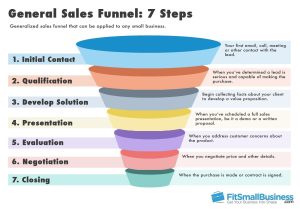
How to Create a Customer-Centric Return Policy
In today’s rapidly evolving tech industry, creating a customer-centric return policy is crucial for businesses to succeed. A customer-centric approach not only fosters trust and loyalty but also ensures that customers have a seamless experience when returning products they are not satisfied with. In this article, we will delve into the key steps to develop a customer-centric return policy that delights your customers and boosts your reputation.
1. Clearly Communicate Return Policy
Start by clearly communicating your return policy to customers. Include essential information such as the time frame in which returns are accepted, conditions for returns, and any associated fees or restocking charges. This information should be prominently displayed on your website, product pages, and checkout process to ensure customers are aware of your policy before making a purchase.
2. Make the Process Easy
Simplify the return process to minimize customer frustration and increase satisfaction. Provide clear instructions on how customers can initiate a return, whether it’s through a dedicated online portal, email, or a toll-free helpline. Streamline the entire process, from issuing return labels to refunding the payment promptly once the returned product is received and inspected.
3. Offer Flexible Return Options
Customers appreciate choices when it comes to returns. Offer various return options, such as sending the product back via mail, returning it to a physical store, or utilizing partnered drop-off locations. Providing multiple options makes it more convenient for customers to return items, resulting in a more customer-centric experience.
4. Optimize Packaging Insights
Strive to improve your product packaging to reduce the likelihood of damaged goods during transit. Use sturdy packaging materials and consider implementing protective measures like additional bubble wrap or cushioning materials. By minimizing product damage, you can reduce return rates and enhance the overall shopping experience for your customers.
5. Empathetic and Efficient Customer Support
Establish a customer support team that is knowledgeable, empathetic, and efficient when assisting customers with returns. Respond promptly to customer queries or concerns, and offer personalized solutions to rectify any issues. By providing exceptional customer support, you can turn a potentially negative experience into a positive one, resulting in increased customer satisfaction and loyalty.
6. Continuously Gather Feedback
Regularly seek feedback from customers who have utilized your return policy. Create surveys, send out emails, or provide a feedback form on your website to gather insights. Analyze the feedback to identify any areas for improvement and make the necessary changes to enhance your return policy further. Engaging your customers in this manner shows them that you genuinely care about their opinions and are committed to providing the best return experience possible.
Conclusion
A customer-centric return policy is a vital component of any successful tech business. By clearly communicating your policy, simplifying the process, offering flexible return options, optimizing packaging, providing empathetic customer support, and continuously gathering feedback, you can create a return policy that sets your business apart from competitors. Prioritizing the needs and satisfaction of your customers will build trust, enhance your brand reputation, and ultimately drive long-term success in the tech industry.

